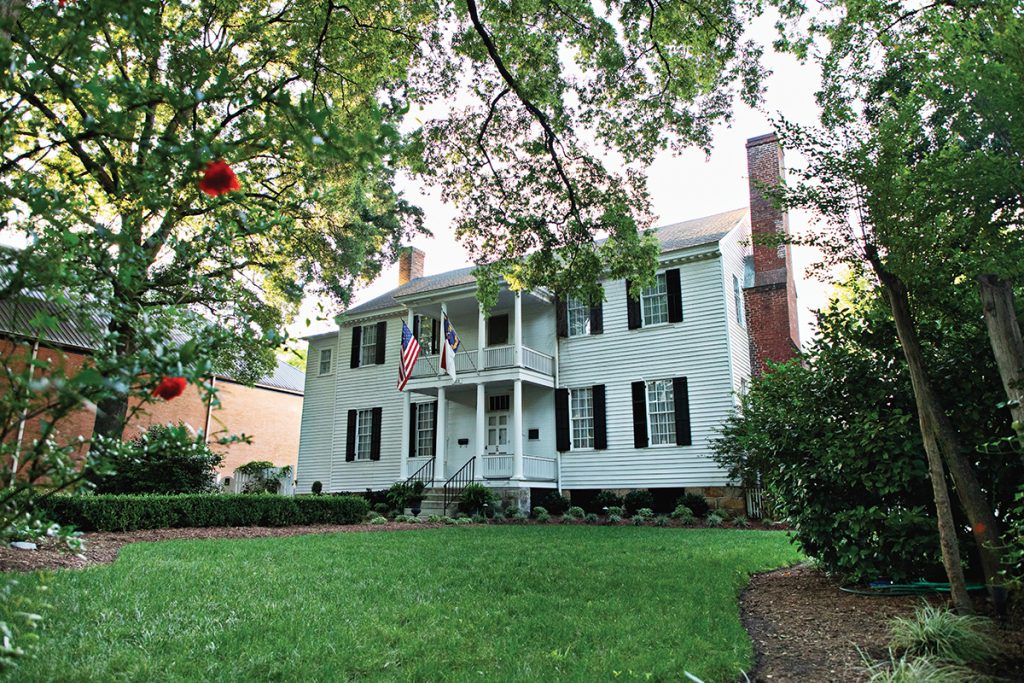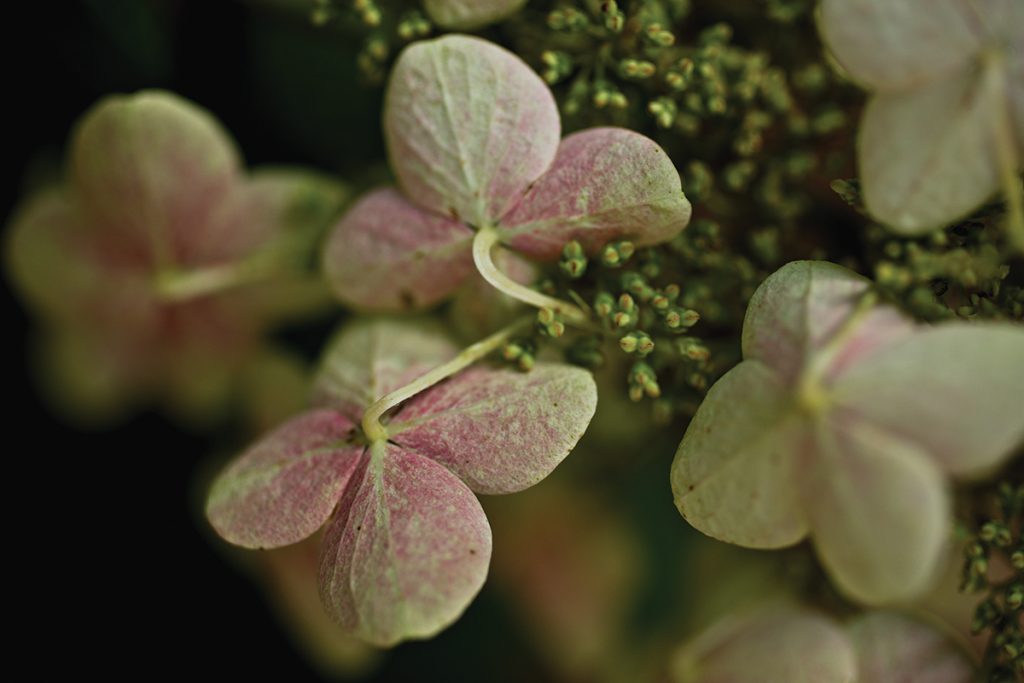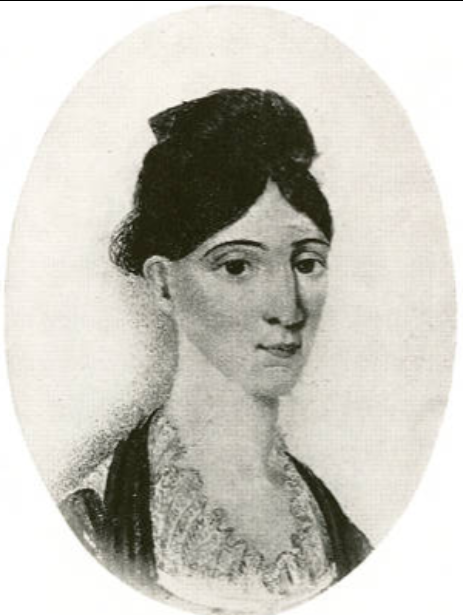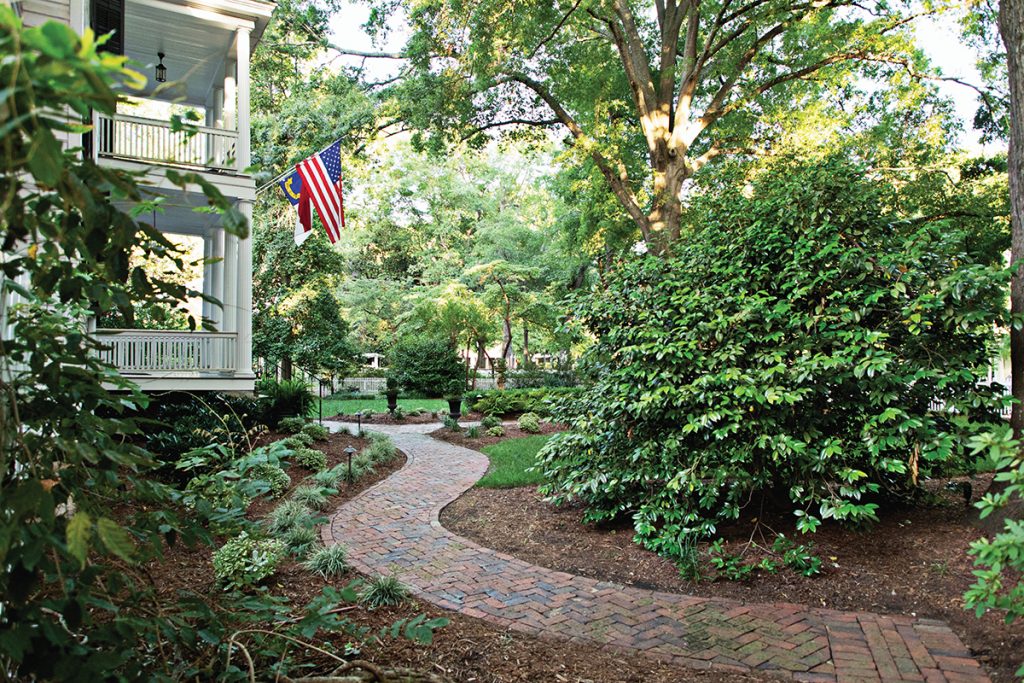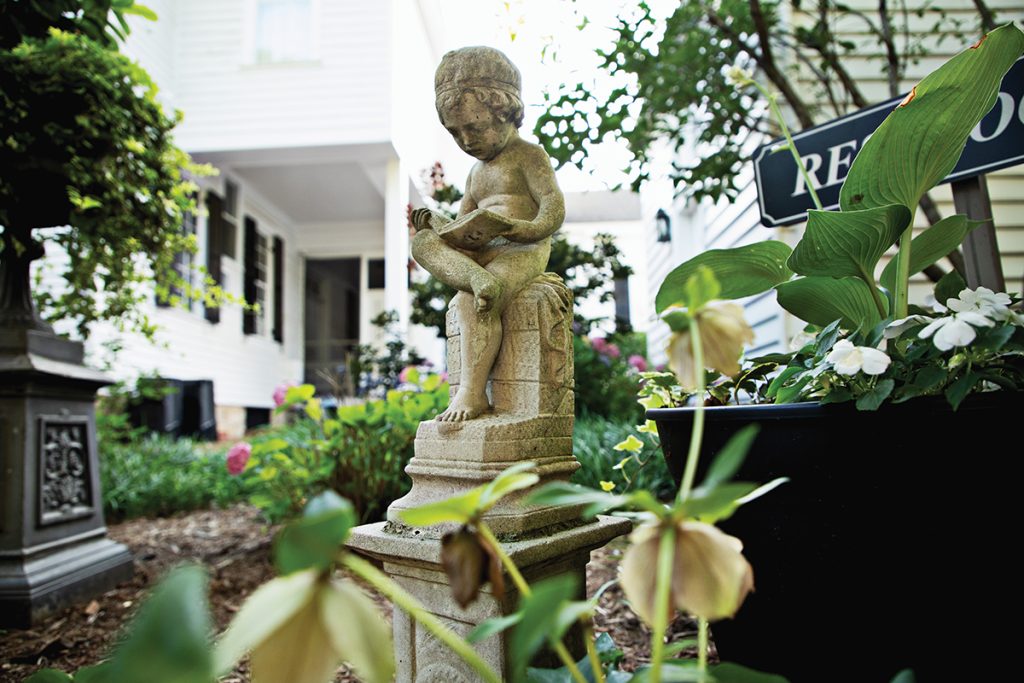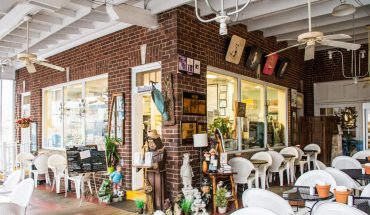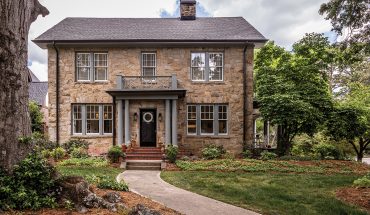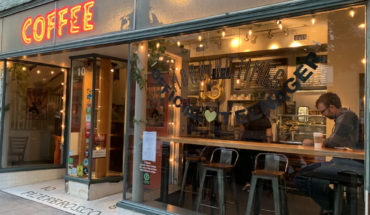Eliza Haywood, the wife of Raleigh’s first mayor, added both ornamental plants and vegetable gardens to their home. You can see traces today.
by Elizabeth Poland Shugg | photography by Juli Leonard
In the early 1800s, spacious 1-acre lots lined downtown Raleigh’s perpendicular streets. Most parcels accommodated a small-frame dwelling with two to four rooms and a chimney, some livestock, a well, an outbuilding and a vegetable garden. There were no sidewalks — just dusty dirt roads upon which Raleigh’s 700 residents traveled by foot, horse and stagecoach.
The 191 Block, which ran between Edenton and New Bern Streets, revealed something exceptional: a two-story Federal-style home on 3 acres with multiple livestock pens and outbuildings, a well, and an unencumbered view of North Carolina’s two-story brick statehouse. At the center of it all, Eliza Haywood — wife of John Haywood, North Carolina’s longest-serving state treasurer and Raleigh’s first mayor — presided over an estate that extended several blocks within Raleigh’s 1-square-mile grid.
This wasn’t just home to the Haywoods. It was also Raleigh’s social center — and where Eliza set out to plant a spectacular flower garden.
Roots of Refuge
John Haywood II married Eliza Eagles Asaph Williams on March 9, 1798. He was 43, she was 16. John’s first wife, Sarah Leigh, died in 1791, but bore a son, Lee, who lived to be only 4 years old. Sarah passed away before Lee did, but both are believed to have died from smallpox.
In 1799, John built a grand home near the statehouse where he and Eliza could raise a family and entertain guests. “Haywood Hall is Raleigh’s best example of Federal architecture, and Federal architecture is all about balance,” says Benbury Wood, a guide and historian for Haywood Hall House & Gardens, which now has an address of 211 New Bern Place. “It’s the oldest house in the original city of Raleigh on its original foundation.”
John relied on his young wife to keep their stately home open to guests for meetings and dinners, which were often unscheduled. “This house was the center of activity after-hours,” Wood says. “Eliza was strung out between the children and being the hostess. She found solace in the garden.”
The first seeds of Eliza’s botanical retreat likely took root in 1806, when John received a package of yam seedlings from an unknown source — possibly a gift from a constituent — with instructions to plant them in a garden bed. By 1808, John wrote in a letter to Eliza’s mother, Jane Williams, that Eliza would often ignore the weather and foray into the garden to plant flowers and vines, such as hyacinth and jessamine.
According to Craig Thompson Friend, author of Becoming Lunsford Lane: The Lives of an American Aeneas, Eliza served more as the garden’s horticulturist and visionary, while Ned Lane, an enslaved man John had purchased in 1800 to be their gardener, carried out and coordinated the actual planting of the flowers, vines and seeds. Due to the workload, other enslaved workers would have assisted him.
By 1809, Eliza had given birth to six of the 14 children she and John would have (12 lived to adulthood) and was purchasing seeds from local merchants. Her notebooks categorize numerous species of flowers, shrubs, fruits and vegetables.
She grew radishes, turnips, peas, cabbage, lettuce, artichokes, asparagus, carrots, spinach and herbs. Friend, who is also a professor of history and an alumni distinguished graduate professor at North Carolina State University, says Eliza had “connections to horticulturalists across the nation, carrying on vibrant conversations with them and purchasing plants from them.”
The garden also contained a mulberry tree from Eliza’s adult son Fabius, who attempted to raise silkworms in the attic of his home nearby. The silkworms ate the mulberry leaves in order to spin silk cocoons. “Fabius had a yard full of mulberry trees,” Wood says. “It would make sense that he gave his parents one.”
In a few short years, her garden accommodated 10 different colors of double-flowered hyacinths, a yellow rose bush, tulips, lilies and grapevine cuttings from France. She had a gazebo constructed near the rose garden and began trading seeds with friends and neighbors to expand its offerings. An 1811 document shows she received white rose bushes in exchange for tuberose roots. That same year her sister, Rebecca Williams Moore, wrote to her: “I understand you have a very handsome garden.”

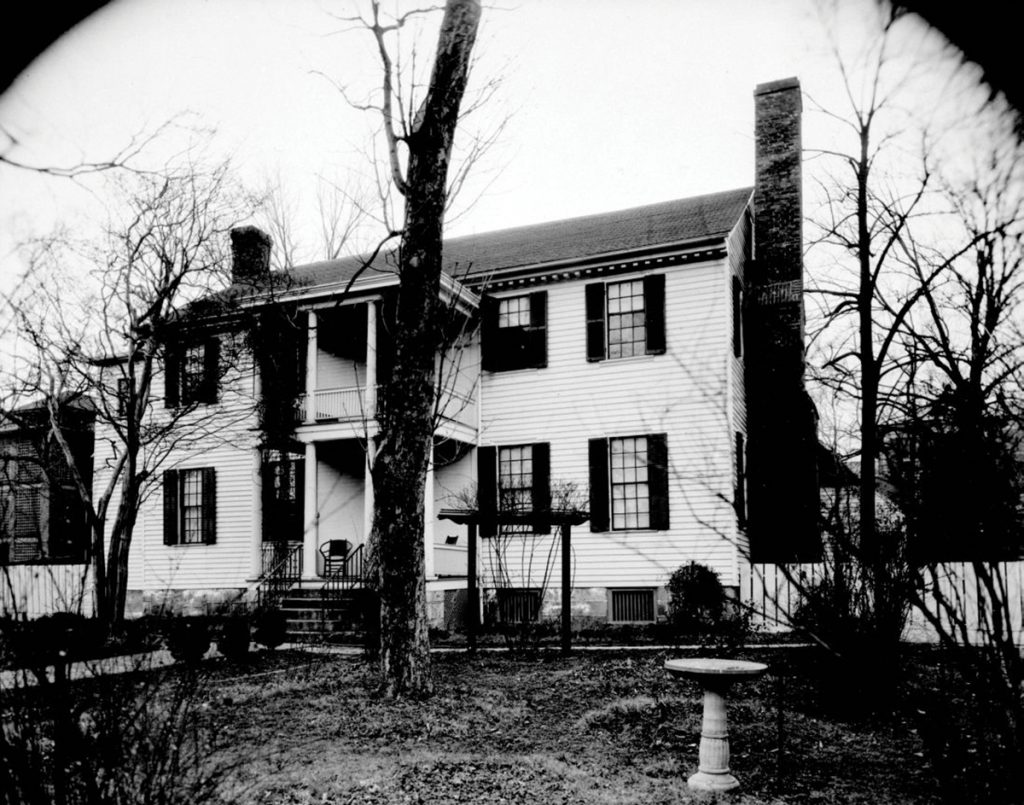
After Eliza
When John died on Nov. 18, 1827, he bequeathed the house and New Bern Street lots to Eliza. Due to the family’s financial situation, Eliza had to sell much of their other properties and convert the ornamental flower garden into a vegetable garden. “There is a notable change in the seeds that Eliza ordered beginning in the late 1820s because she had enslaved people raising food on that lot,” says Friend.
Eliza died on July 19, 1832, leaving the house in the trust of her three oldest daughters, Betsey John, Rebecca Jane and Frances Ann, until it could be sold for the benefit of all 12 children. Ned — the enslaved gardener who, according to family members, Eliza and Betsey John were very close to — remained in the house to help them after Eliza promised him his freedom upon her death (known as “emancipation through will”).
Up until 1842, Ned helped Betsey John and Rebecca Jane maintain the garden, planting various cuttings, seeds, a yaupon tree and roots of geraniums, myrtle, French roses, and cape jessamine. (After recovering from an injury, Ned moved out of North Carolina to join his family in 1943.) In the mid-1800s, Betsey John and Frances Ann also ran a school on the property.
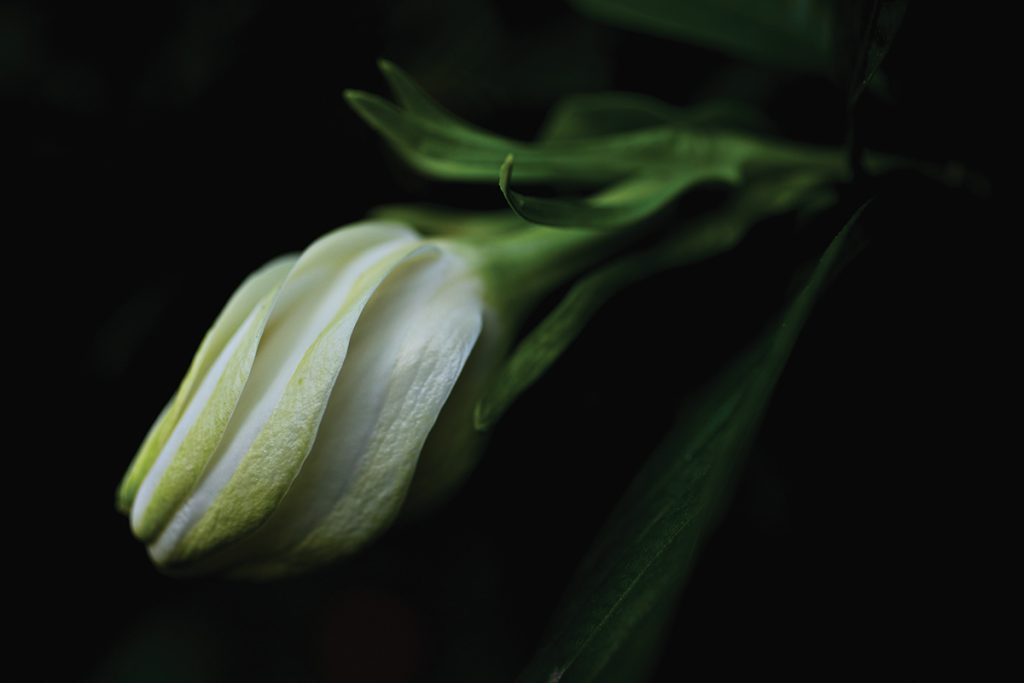
John and Eliza’s son Edmund “Burke” Haywood took over the property after Betsey John died in 1877. Two of his sons, Edmund Jr. and Hubert, maintained the vegetable garden for a few years. Another of Burke’s sons, Ernest, attended UNC-Chapel Hill in the late 1870s and would often send plant specimens, such as bloodroot and trailing arbutus, to his mother, Lucy, for the garden.
Between 1877 and 1948, the Haywood estate went from Burke to his wife Lucy, then on to two of their sons, Ernest and Edgar. When Edgar died, Ernest inherited Edgar’s parcel, and when Ernest died, he left the house and property to their brother, John, as a “life estate.” Before John died, he sold the estate to his nephew Burke Haywood Bridgers, son of Eliza Eagles “Betty” Haywood Bridgers.
Burke Haywood Bridgers was not interested in owning the estate, but felt it should stay in the family. So in 1947, he sold it to Mary Haywood Fowle Stearns, daughter of Fabius Haywood’s daughter, Mary Eagles Haywood, and North Carolina Gov. Daniel Gould Fowle. Mary Stearns would be the estate’s final Haywood owner.
A New Era
Mary and her husband, Walter — a retired special contracts manager for General Electric from Waltham, Massachusetts — moved in in 1948. They formally named the building Haywood Hall and began restoring the home and garden to its original 1800s style, with a few caveats.
“A lot of renovating was done to the house by Mary and Walter. Modern conveniences, including an elevator, were added by them,” says Betsy Haywood, who lives a stone’s throw away in Haywood House, a 1854 Greek Revival home built by her great-grandfather, Dr. Richard Haywood (son of John Haywood’s brother Sherwood). Outside, the Stearns built a rectangular garden shed and replanted the rose garden. They also planted grass and flowering shrubs to attract birds.
Betsy recalls visiting her older cousin Mary as a child. “Whenever my parents walked across the street to visit, we children were told to play in the yard,” she says. “We enjoyed climbing that giant magnolia tree.”
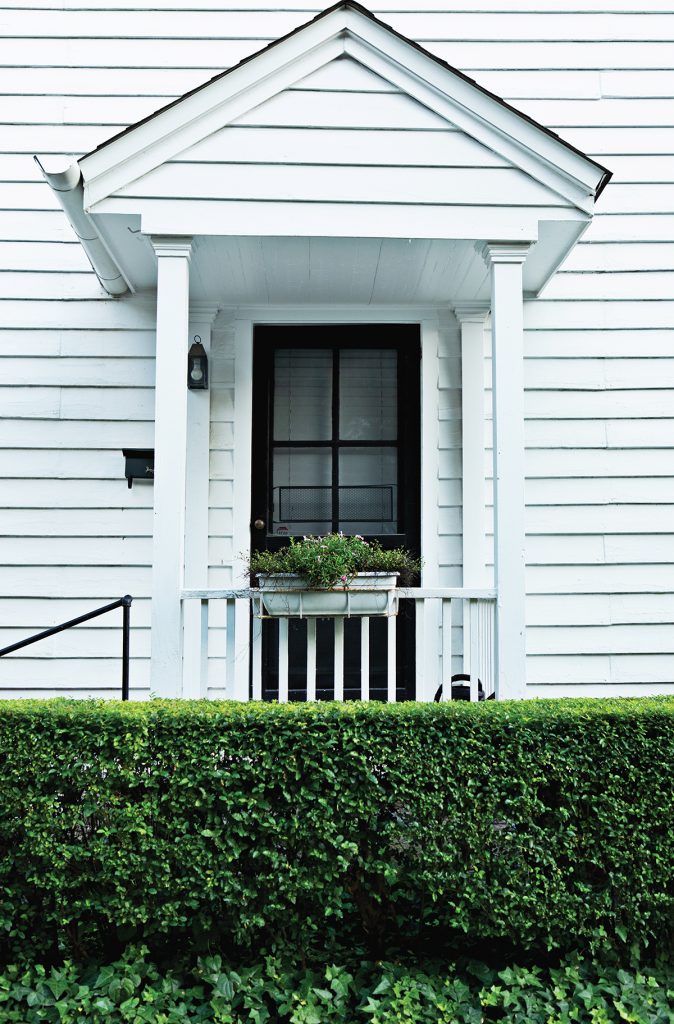
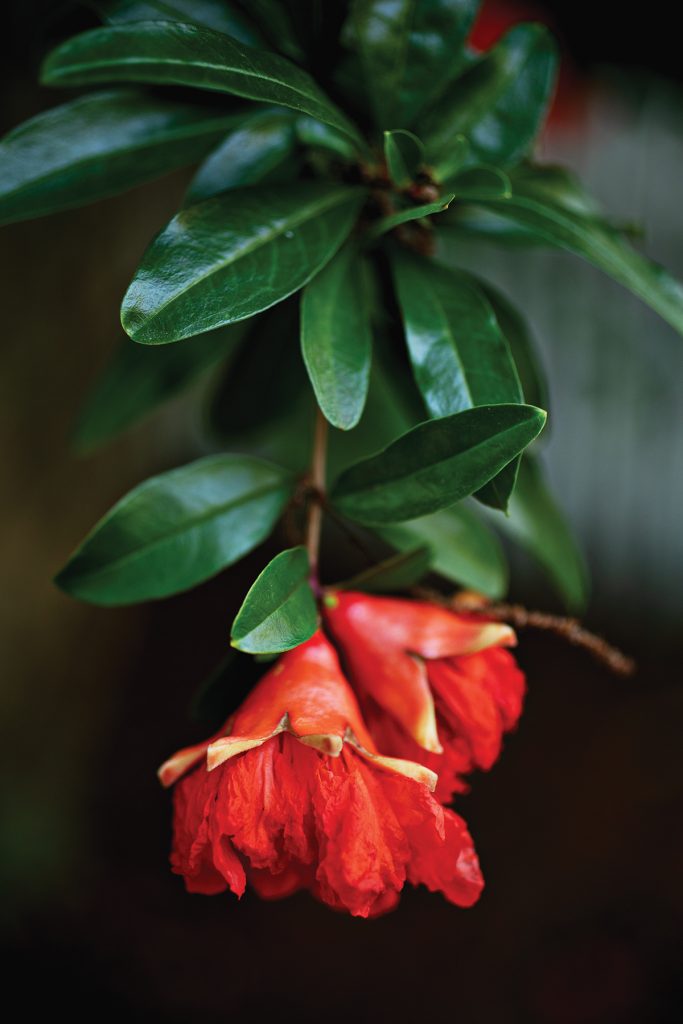
Nancy Haywood, a direct descendant of John and Eliza through their son Fabius, recalls that in 1958, Mary Stearns gave her parents a small magnolia sapling from the tree at Haywood Hall. “Unfortunately it was taken out by Hurricane Fran,” she says. “But my father took a sapling from that tree to my sister Alice Robbins in Pinehurst. It is still thriving.”
Before Mary died on March 4, 1977, she bequeathed the estate as a “museum house and gardens property” to the North Carolina Society of the Colonial Dames of America, stipulating that it “be maintained as a place of historic interest for the public.”
The Dames kept their promise. In 1983, they brought in the Home and Neighborhood Development Society (HANDS), who hired the late Raleigh landscape architect and bronze star Vietnam veteran Mac Newsom to design the master plan for recreating Eliza’s garden. HANDS planted fruit and flower gardens, constructed a scuppernong arbor, added brickwork and installed new fencing (which needed to be replaced again three years ago).
Mary Stearns’ preservation of Haywood Hall as a place of public historic interest has made it possible for weddings, special events and family reunions to be held there. One family, in particular, relishes the opportunity.
“The last Haywood family reunion at Haywood Hall was in 1983, when my son Haywood was a baby,” Betsy says. “Descendants from all over the state and beyond were invited and attended. We had delicious food — fried chicken and North Carolina barbecue — and set up in the beautiful gardens.”
An Urban Oasis
In recent years, a descendant of Fabius’ mulberry tree became diseased and had to be cut down. Before its removal, a bird planted a seedling from it just outside the fence, where it has grown to be 12 feet, and it stands next to a descendant pecan tree of nearly the same height (also likely planted by a bird).
In fact, today, only one original specimen from the garden remains: a towering Brazilian magnolia believed to be over 200 years old. Its likely origin traces back to a seedling Jane Williams sent her daughter in November 1814 with instructions to plant it near the well in moist ground, “if not too cold.”
Eliza would have directed her gardeners to follow these instructions, and it appears to have worked. Two years later, Jane wrote that her son-in-law, Alfred Moore, credited Eliza with being the only person he knew who could raise a magnolia from a seed.
Thanks to the Brazilian magnolia, mulberry and pecan trees, and descendants of Eliza’s climbing roses and (possibly) pomegranate bushes, there’s hope the garden can return to its former glory.
But new additions like impatiens, Chinese privet, crepe myrtles and scuppernong vines transport visitors back in time, when new growth offered the promise of botanical bliss in the heart of a growing city.
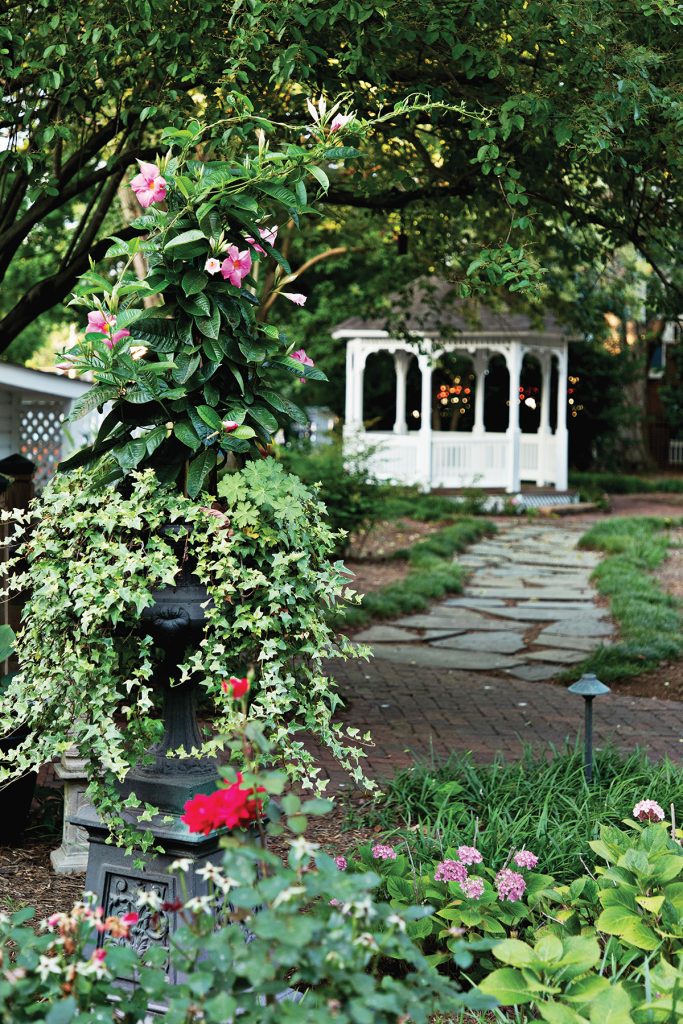

This article originally appeared in the July 2024 issue of WALTER magazine.

